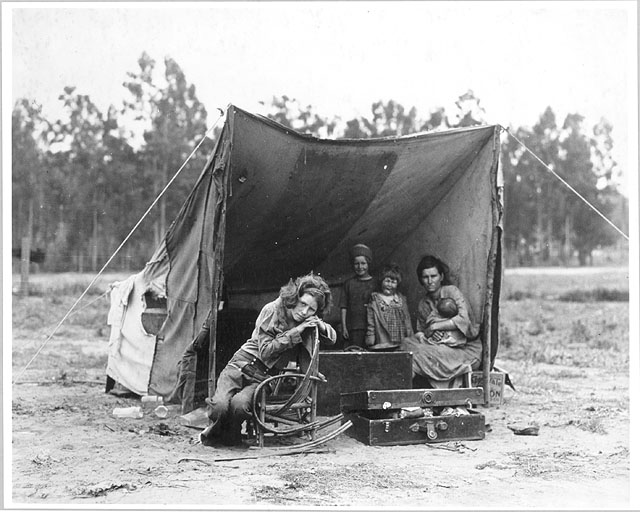 Rise of Fascism in Europe
Rise of Fascism in EuropeBy 1939 most European democracies had collapsed. Only France and Great Britain remained democratic. Benito Mussolini began his political career as a Socialist, but he abandoned socialism for fascism, which glorified the state and justified the suppression of all political dissent. In Italy, Mussolini outlawed most political opposition, but also compromised with powerful groups and never achieved totalitarian control.
Rise of Nazism in Germany
Adolf Hitler, a failed student and artist, built up a small racist, anti-Semitic political party in Germany after World War I. Hitler's Beer Hall Putsch failed. In prison, he wrote Mein Kampf—an account of his movement and his views. As democracy broke down, right-wing elites looked to Hitler for leadership. In 1933 Hitler became chancellor. Amid constant chaos and conflict, Hitler used terror and repression to gain totalitarian control. Meanwhile, a massive rearmament program put Germans back to work. Mass demonstrations and spectacles rallied Germans around Hitler's policies. All major institutions were brought under Nazi control. Women's primary role was to bear Aryan children. Hitler's Nuremberg Laws established official persecution of Jews. A more violent anti-Semitic phase began in 1938 with a destructive rampage against Jews and the deportation of thousands to concentration camps. Increasingly drastic steps barred Jews from attending school, earning a living, or engaging in Nazi society.
Key Terms and Names
Fascism, Benito Mussolini, Adolfo Hitler, Nazism, Mein Kampf, lebensraum.
Homework
Completa el ejercicio “después de leer” acerca del ascenso de las dictaduras fascistas en Europa. Escribe un ensayo contestando las preguntas de pensamiento crítico.

